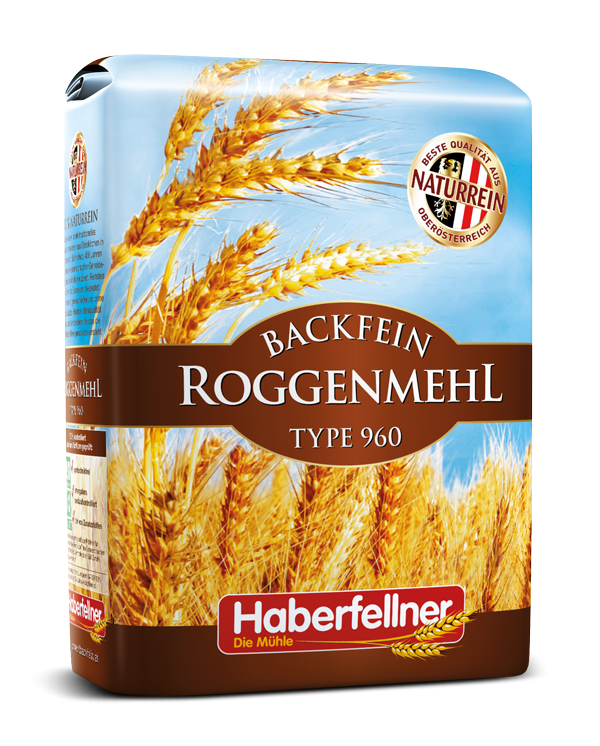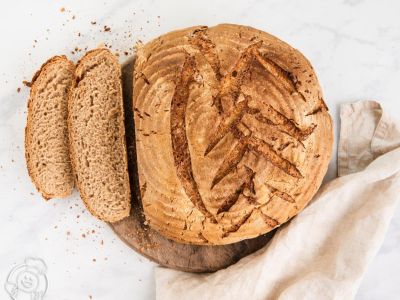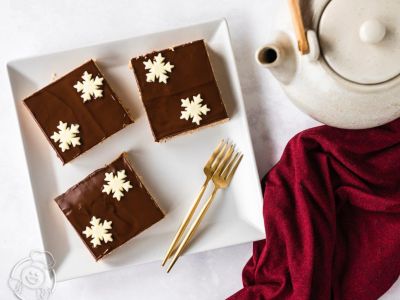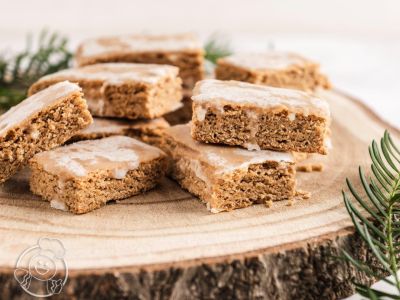Rye flour Type 960
Rye flour is darker and more flavourful than wheat flour. Rye contains many B-group vitamins and minerals, especially potassium, fluorine, phosphorus, silicic acid, and iron.
Haberfellner’s rye flour is mainly used for bread; on its own as brown bread or mixed with wheat as mixed bread. It is also mostly used for gingerbread.
Tip
Pure rye breads require a lot of leavening agents such as yeast or sourdough.
| Usage | Rye flour T690 |
|---|---|
| Roux | |
| Sauces/Bèchamel | |
| Puff pastry | |
| Choux pastry | |
| Sandmasse (cake) | |
| Strudel dough | |
| Pancakes | |
| "Nockerl" (dumplings) | |
| "Knödel" (boiled dumplings) | |
| Yeast dough | |
| Dough made with curd cheese | |
| Baking powder dough | |
| Sponge cake | |
| Biscuits | |
| (Flour) dusting | |
| Gingerbread | • |
| Rye breads | • |
| Specialty pastries | • |
Flour (or semolina) should always be stored dry and not above room temperature. Additionally, it should not be exposed to cooking vapours or sunlight. It is best stored in its original packaging in a tin or in a storage jar with a tight-fitting lid. Never mix fresh and old flour. Because of its fat content, wholemeal flour should always be bought in small quantities and stored in a very cool place. Properly stored, light-coloured flours will keep for about 1 to 1.5 years, darker flours for 6 to 8 months and wholemeal products for about 6 to 8 weeks.












